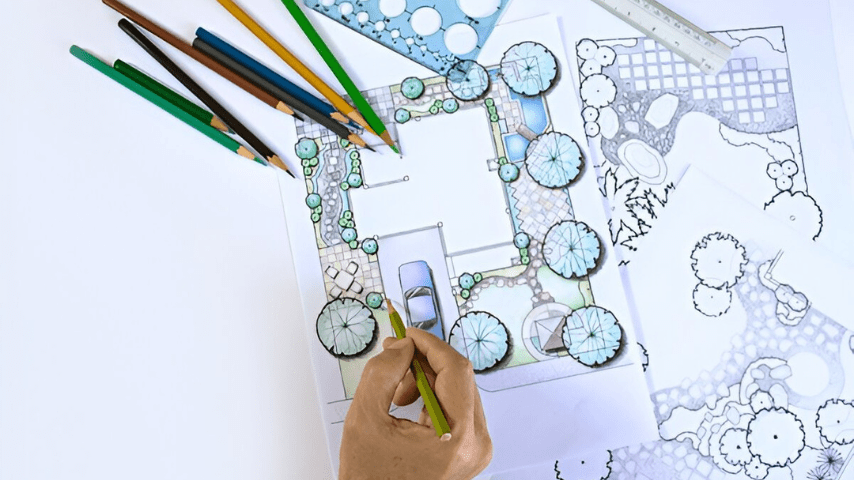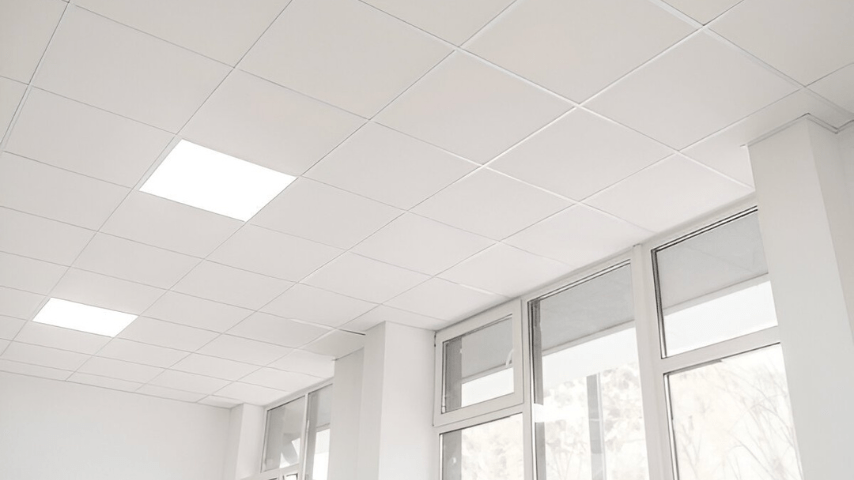
The Role of Architecture in Reducing Stress
In recent years, the intersection of architecture and mental well-being has garnered significant attention. Architecture is no longer just about creating functional and aesthetic spaces; it plays a crucial role of architecture in reducing stress promoting wellness and mental health. Thoughtfully designed environments can influence mood, reduce stress, and enhance cognitive function. From the use of natural light and biophilic design to the incorporation of calming color schemes and sound management, every architectural element can have a positive impact on our emotional and psychological state.
As we spend a significant amount of time in indoor environments—whether at home, work, or public spaces—architecture becomes an essential tool for fostering a sense of peace, balance, and well-being. In this article, we will explore the role of architecture in reducing stress, which plays a vital role in enhancing mental wellness, transforming spaces into havens for relaxation, creativity, and emotional resilience.
Ways Architecture Helps Your Mental Health:
1. Natural Light:

Buildings that maximize natural light play a key role in creating an uplifting environment. Natural sunlight has numerous benefits for mental health and overall well-being. Exposure to daylight helps regulate sleep patterns, ensuring we feel more rested and refreshed. The role of architecture in reducing stress also stimulates the production of serotonin, a hormone that boosts mood, reduces feelings of depression, and enhances focus. Additionally, sunlight aids in the production of vitamin D, crucial for maintaining a healthy immune system and emotional balance. By allowing sunlight to flood interior spaces, buildings create a bright, positive atmosphere that enhances productivity and promotes emotional stability.
2. Biophilic Design:

Incorporating nature into design—through plants, natural materials, or views of the outdoors—can reduce stress and anxiety. Studies show that biophilic design promotes relaxation, improves cognitive function, and increases feelings of calm. Urban green spaces, such as parks and rooftop gardens, also play a major role in architecture in reducing stress and alleviating the mental stress commonly associated with city living.
3. Color Schemes:

The choice of colors in a space can significantly influence emotions. Calming colors like blues and greens can lower anxiety levels, while brighter hues like yellow and orange can stimulate energy and creativity. Understanding how different color schemes affect the brain helps create spaces that encourage tranquility or invigorate the senses, depending on the desired outcome.
4. Spatial Layout:

Open, airy spaces with fewer barriers can create a sense of freedom and reduce feelings of confinement or stress. Spaces designed for flow and comfort tend to make people feel more relaxed and less overwhelmed. More flexible layouts that allow for multifunctional spaces—especially in homes and workspaces—help adapt to different needs, promoting a balanced, low-stress lifestyle.
5. Acoustic Design:

Sound control is often an overlooked aspect of architecture. Reducing noise pollution in a space can lower stress levels, improve concentration, and promote a more peaceful environment. Integrating acoustic solutions like soundproof walls, rugs, and soft materials can help manage sound, reducing distractions and promoting clarity and focus.
6. Personalization and Comfort:

Personalized architecture—whether in homes, offices, or public spaces—fosters a sense of control and belonging. This emphasizes the important role of architecture in reducing stress and enhancing mental well-being.
7. Connection with Community:

Thoughtful urban planning and architecture can encourage social interaction and community connections. Spaces that promote communal activities or easy access to green areas enhance mental health by fostering a sense of belonging. Design strategies that include gathering spaces and accessible public areas reduce feelings of isolation and strengthen social ties.
8. Privacy and Quiet Spaces:

Designing areas for solitude, such as private rooms or quiet corners, offers a retreat from the noise and chaos of daily life, aiding in stress management and relaxation. Whether it’s a home library, private study, or peaceful garden nook, creating spaces for individuals to retreat is crucial for mental well-being.
Sustainable Design and Mental Health:

Incorporating sustainable design in architecture not only benefits the environment but also plays a crucial role in mental well-being. Eco-friendly materials, energy-efficient designs, and buildings that focus on reducing their carbon footprint contribute to a healthier and more calming indoor environment. Green roofs, natural ventilation, and the use of materials that enhance air quality help reduce indoor pollutants and promote mental clarity. Sustainable buildings often have better air quality, regulated temperatures, and fewer toxins, all of which reduce stress and improve overall mood.
Research shows that connecting with nature through biophilic design—incorporating plants, natural light, and open spaces—can reduce anxiety, increase relaxation, and foster emotional balance. A sustainable approach to architecture offers both long-term environmental benefits and immediate improvements in mental wellness.
Technological Integration in Wellness Architecture:
With technological advancements, smart home designs are increasingly popular in wellness architecture. Smart lighting systems that mimic natural daylight patterns, air quality monitors, and automated temperature control systems all contribute to creating an ideal living or working environment. For example, smart systems can adjust lighting based on the time of day, helping regulate the body’s circadian rhythm and improving sleep quality, essential for good mental health.

Moreover, noise-canceling systems, automated air purifiers, and personalized climate controls enhance comfort, reducing mental strain and making spaces more responsive to individual needs.
Research and Case Studies:
Numerous studies and real-world case examples demonstrate the profound impact of architecture on mental health. A case study of the University of Queensland’s Advanced Water Management Centre, which utilized biophilic design elements such as indoor plants, natural light, and outdoor views, showed significant improvements in employee well-being and productivity. Similarly, research by the Haworth Research Center found that open-plan offices with natural light and greenery reduced stress and increased productivity by 15%.

These examples highlight how well-designed spaces can positively impact mental health, showcasing the power of architecture in creating environments that improve emotional and psychological well-being.
Best architects in Chennai for Wellness Architecture
At Cibi + Simeon Designs, the firm takes a holistic approach to architecture by prioritizing mental well-being through thoughtful, sustainable, and functional design. Our work exemplifies how architecture can serve as a catalyst for emotional resilience, creativity, and balance. By incorporating natural light, biophilic elements, and innovative spatial layouts, Cibi + Simeon Designs , best architects in Chennai, creates environments that foster calm, productivity, and positive energy. Whether designing residential spaces, workplaces, or public areas, they consistently focus on crafting spaces that not only meet functional needs but also promote a sense of peace and well-being. With the expertise, our architecture design company ensure that every project contributes to the mental and emotional wellness of those who interact with the spaces.
Conclusion:
By incorporating sustainable, thoughtful, and wellness-focused elements into architectural designs, we can significantly enhance mental health and emotional well-being. Whether through maximizing natural light, fostering a connection with nature, promoting physical movement, or creating spaces for healing, architecture has the potential to reduce stress and enhance quality of life. These design elements serve not only aesthetic and functional purposes but also as tools to create healthier, happier, and more productive environments.
In summary, architecture plays a vital role in supporting mental health by creating spaces that are light, calming, connected, and functional. Well-designed spaces can reduce stress, improve emotional resilience, and enhance overall mental well-being.


